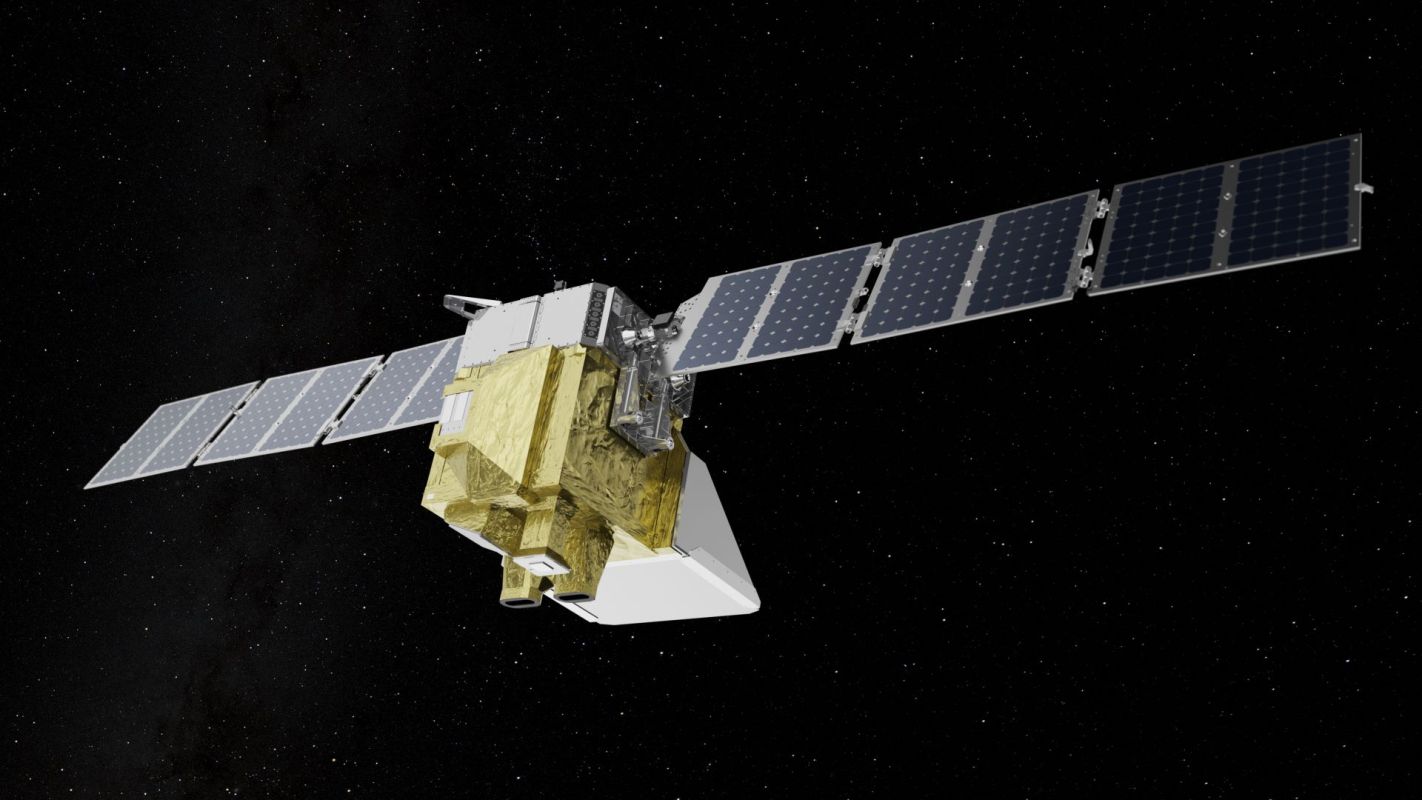The first satellite created by an environmental nonprofit was launched from a SpaceX rocket on March 4. Designed and initiated by the Environmental Defense Fund, the MethaneSAT satellite will track methane pollution that can't be detected by other satellites and provide information that will help reduce said pollution.
This project has been years in the making. Steven Wofsy, an atmospheric scientist and Harvard professor, started development on this project with the EDF and other scientists in 2015, and their vision has finally come to fruition.
MethaneSAT will orbit Earth approximately every 96 minutes and will collect data from targets that account for 80% of methane and gas production globally, according to the EDF.
It has been clear for a while how damaging methane is and how difficult pollution caused by it is to prevent. In 2022, the International Energy Agency estimated that annual global methane pollution was around 580 million metric tons (about 639 million tons). This number also increased roughly nine parts per billion year over year between 2007 and 2019, according to NASA.
As discouraging as these numbers are, MethaneSAT will eliminate uncertainty surrounding sources of methane pollution, informing people exactly where it is coming from.
MethaneSAT has the capability to "precisely measure methane levels with high resolution over wide areas, including smaller, diffuse sources that account for most emissions in many regions," said Steven Hamburg, EDF chief scientist and MethaneSAT project leader, in a press release about the satellite's launch. "Knowing how much methane is coming from where and how the rates are changing is essential."
The EDF has a reputation for being well-equipped to head a project of this magnitude. In 2024, the nonprofit referenced 16 independent studies it had organized that showed methane pollution within the U.S. oil and gas industries was significantly higher than existing estimates.
"Cutting methane pollution from fossil fuel operations, agriculture and other sectors is the single fastest way to slow the rate of warming as we continue to decarbonize our energy systems," said EDF president Fred Krupp.
Another exciting facet of the MethaneSAT project is its transparency. Stakeholders, citizens, investors, and governments will all be able to track MethaneSAT's data in real time by visiting MethaneSAT.org and Google Earth Engine, showing once again that this is a problem that concerns everyone.
The ultimate goal of this project is to set a standard for governments and energy corporations alike and ensure that quotas are being met. MethaneSAT will also show where we, as a collective society, are falling short and what action needs to be taken.
Join our free newsletter for weekly updates on the coolest innovations improving our lives and saving our planet.









